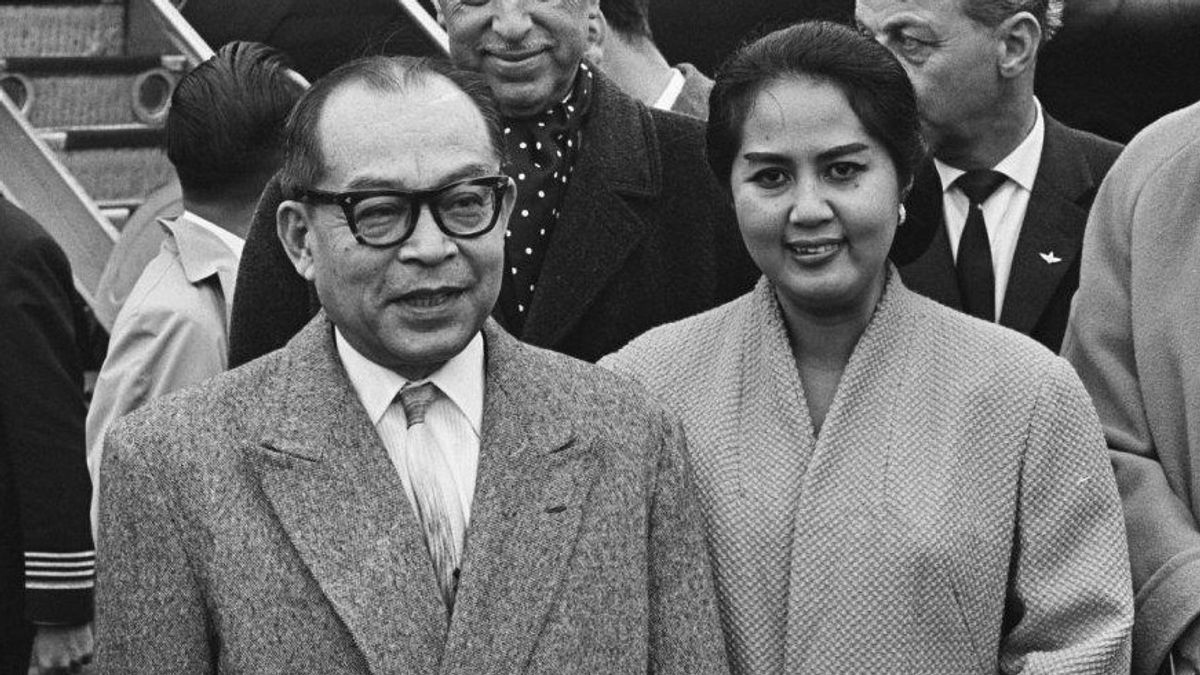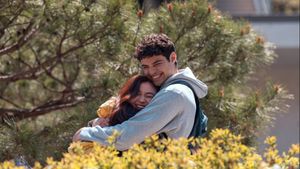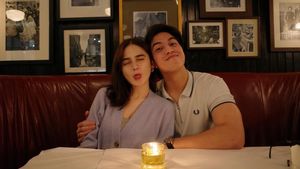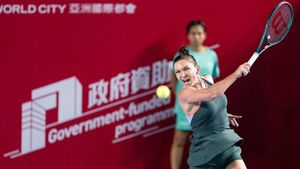JAKARTA - Mohammad Hatta is Soekarno's opposite about women. Having a partner is not a priority. Hatta even promised not to marry before Indonesia's independence. But even after independence, Hatta remained alone. Sukarno could not stand it. He managed to become a 'matchmaker' for Hatta and Rachmi.
While studying in the Netherlands (1921-1932), Hatta grew into an active and critical person. Whenever he has free time, Hatta always uses it to increase his knowledge: reading and discussing. Hatta also joined as a member of the Indische Vereniging (Indies Association).
Indische Vereniging is a social association which five years later turned into a political organization, Indonesische Vereniging (Indonesian Association). This activity was solely occupied by Bung Hatta to perpetuate Indonesia's ideals of gaining independence.
As a result, Hatta did not make dances and women a part of his life in the Netherlands. Whenever there is a conversation that leads to women, Bung Hatta always avoids it. Even so, it does not mean that Hatta does not have an attraction for the opposite sex.
Bung Hatta's intelligence was able to attract many European women. But Hatta himself was less interested. My comrades in the Netherlands were also curious. They arranged Bung Hatta's date with a beautiful girl from Poland. As in the past, Bung Hatta did not work to seduce him.

“In the early 1920s, Hatta became a prominent propagandist for the Indonesian Association (PD). In his inauguration speech as Chairman of the PI several years later, Hatta presented his analysis of the roots of colonialism, entitled: The Structure of the Economic World and the Conflict of Power, and of course he quoted Hegel and Marx," said Farid Gaban in his article in Tempo Magazine entitled The Revolutionary Hermit (2000).
“He is increasingly famous for his sharp and provocative political writings in the journal Indonesia Merdeka, which among other things advocates 'politics of non-cooperation' precisely at the heart of colonialism itself. Meanwhile, Hatta underwent an almost sterile revolutionary asceticism -- he didn't drink alcohol, had no interest in dancing, and even vowed never to marry before Indonesia became independent, an oath he actually fulfilled," he added.
When he returned to Indonesia, it was the same. Even though Hatta was Sukarno's best friend, the two had many differences. Bung Karno even had the best way of describing the personality of the Minangkabau Son by telling Hatta's experience with a beautiful girl.
One afternoon Bung Hatta's vehicle had a tire burst. The driver took the initiative to seek help and left Hatta with a beautiful girl. Two hours passed. The driver came back with help. According to the driver, Bung Hatta chose to sleep in a corner far away from the beautiful girl.
Since then, Bung Karno thought that women's affairs had never attracted Bung Hatta's heart. Jejaka Hatta is a person who blushes when he meets a girl. Bung Hatta spent a lot of time on politics.
Bung Karno 'matches' Hatta-Rachmi
When Indonesia was independent, Bung Karno reminded Hatta's promise to get married soon. He was willing to help as long as Bung Hatta was open about the woman he really wanted. It turned out that the figure Bung Hatta wanted was the son of Bung Karno's old friend, Abdul Rachim.
“When I asked Hatta which girl he chose, he replied: the girl we met when we visited the Pasteur Institute, who was sitting in that room, this one, that one, but I don't know her name yet. After I (Soekarno) investigated, it turned out that the girl Hatta's choice was Rachmi, the daughter of the Rachim family," Soekarno's story was written by R. Suharto in the book Witness History (1982).
Bung Hatta was willing to find a mate. But there are conditions put forward to Bung Karno. Bung Hatta wanted Bung Karno to be responsible for divorcing his second wife, Inggit Garnasih. Bung Hatta then negotiated the terms of the Bung Karno-Inggit divorce with Ki Hajar Dewantara and Kiai Haji Mas Mansur.
“Thus, the terms of the divorce were finally made by the Four Ones, which contained: First, Soekarno would give Inggit a living every month for the rest of his life; Second, Soekarno had to buy a house in Bandung for Inggit to live in for the rest of his life. These two conditions were made and signed by each of the four triads (Hatta, Soekarno, Ki Hajar Dewantara, Kiai Haji Mas Mansur)," said Wawan stump Alam in the book For My Nation: The Opposition of Sukarno VS Hatta (2003).
Sukarno agreed. Instead, Soekarno, accompanied by his personal doctor, R. Suharto, went to Rachim's family to propose to Rachmi. Rachmi's mother, Anni Rachim, was surprised by Bung Karno's arrival, especially since Bung Karno acted as a marriage broker for Bung Hatta.
Bung Karno, with a good diplomacy style, succeeded in promoting Hatta as a good husband to Yuke (Rachmi's nickname). However, Yuke's mother did not dare to give a definite answer. Moreover, the age difference between Yuke and Hatta is too big. Hatta is 43 years old and Yuke is only 19 years old.

Anni tries to be diplomatic. Moreover, Anni knew Hatta well as a great figure in Indonesia. Anni then left the whole decision to Yuke. Unexpectedly, Yuke agreed to the proposal.
After that, the Hatta-Yuke wedding ceremony was held very simply and solemnly in Megamendung on November 18, 1945. As a dowry, Bung Hatta gave him his book, The Greek Mind. The successful matchmaking made Bung Karno very happy.
“Many babies that I used to carry on my lap have now become beautiful women and then their parents came to me begging, 'Please, sir, please choose a mate for my child.' I have found Hatta's wife for him. I found my friend Rooseno's wife for him. Now I have a list of such girls. And I am the only head of state who is also a middleman in arranging marriages, I think,” concluded Bung Karno as Cindy Adams wrote in Bung Karno's book: Connecting the Tongue of the Indonesian People (1965).
*Read other information about SOEKARNO or read other interesting articles from Detha Arya Tifada.
Other MEMORIESThe English, Chinese, Japanese, Arabic, and French versions are automatically generated by the AI. So there may still be inaccuracies in translating, please always see Indonesian as our main language. (system supported by DigitalSiber.id)













